The Victorian Plot to Kidnap Famous Liberals
Plus: a Mother's Day walking tour, my Doors Open events, and more...
The doorbell rang. It was a little after ten o'clock on a summer night in 1879, a bit late for visitors. But Robert Jaffray was still up. He'd come home that evening from working at the grocery store he owned on Yonge Street — said to be the finest in the city — and then popped back out to pick up a telegram. He returned just in time to answer the door himself. On the other side of it, he found a man he didn't know standing on his front step.
The visitor explained he was a detective named Robertson, working for the secret service. He'd been sent to fetch the grocer on behalf of a Judge Wilson, who needed Jaffray to answer a few questions about an investigation into his affairs. The detective had a letter from the judge explaining everything. It was dark out and Jaffray invited the man inside while he read the note. But in the dim gaslight of his dining room, he didn't notice the spelling mistakes. Or that his name was written two different ways within a few short lines. If he had, maybe he would have suspected the truth.
The visitor wasn't a detective at all. The man had come to kidnap him.
Robert Jaffray wasn't just a grocer. He was also a famous Liberal. He'd been involved in politics for nearly thirty years, ever since he'd moved to Toronto from Scotland as a young man. He'd quickly become a passionate supporter of the Reform Party, opponents of the Tories and forerunners of the Liberals. He'd begun as a campaign worker for George Brown, the Father of Confederation who owned The Globe newspaper. And by the time the first federal Liberal government came to power, Jaffray was so trusted they picked him to serve on the board of a big government-backed railroad. He would eventually take over The Globe after George Brown died. Wilfrid Laurier would make him a senator.
But those Liberal ties also made him plenty of enemies. Canadian politics were a dangerous game in the 1800s. There were election riots, brawls, intimidation. Politicians were burned in effigy, threatened, beaten bloody. Reformers and Tories often battled in the streets. Occasionally, their supporters were even killed.
Jaffray had personally witnessed some of that violence and been drawn into it himself. Not long after he arrived in Toronto, he saw an angry crowd roughing up a little old man trying to enter a polling station to vote. Jaffray quickly gathered a group of young Reformers and rushed to the man's assistance, fighting off the mob. Only then did he learn the elderly gentleman was none other than William Lyon Mackenzie, the most notorious Reformer of all, the rebel mayor who'd once marched an army down Yonge Street in an attempt to overthrow colonial rule.
And that was just the beginning. By the end of his life, Jaffray had a whole collection of stories like that, which he used to regale his friends. There was the time the Tories hired a big thug to keep Liberals from voting, so the Liberals hired an even bigger thug to drive him off. Or the tricks corrupt poll workers used to suppress votes. Or the night he and George Brown were speaking at a church in the Ward when a mob stormed the stage. As the lights went out, the two Liberals were forced to fight their way through the chaos in the darkness, barely managing to escape through a window in the back.
But none of those stories was as dramatic as what was about to happen to him on that August night in 1879.
The fake letter from the judge was enough to convince him to follow the fraudulent detective into the back of a waiting carriage. A second mysterious man sat up front with the driver as they headed east from Jaffray's house (near Yonge & College) along a purposefully confusing route. They travelled down Carlton and then King Street and then across the old bridge over the Don, making it nearly all the way east to the Beaches before they doubled-back and headed north-west for a while. By the time the horses came to a halt, Jaffray had gotten turned around in the darkness. He wasn't sure where they were now.
The men ordered him out of the carriage. "This is the place;" one of them explained, "you get out here." But even in the thick black night, the grocer knew something was wrong. The judge's summer home was high atop the Scarborough Bluffs and they clearly hadn't driven that far. "This can't be the place;" he told them, "if you are taking me to Judge Wilson's place drive up to the door, and I will get out."
That's when his kidnappers decided to come clean. It was a startling confession. "I am sorry we have had to deceive you so long," the false detective told him, "but we may as well now tell you that we are members of a secret revolutionary political organization, and you are in our power, and must do as we ask you to do."
To this day, we don't know much about the Canadian League. They were a shadowy underground society of Conservative party supporters whose members were sworn to secrecy on pain of death. What we do know is that they concocted a strange plot to kidnap some of the most famous Liberals in the country. Jaffray is said to have only been one of their targets. Oliver Mowat, the Premier of Ontario, was on their list, too, along with George Brown — who is said to have been approached himself a few nights earlier, but refused to go with the men who tried to abduct him.
Jaffray's kidnappers were brothers named Thomas and John Deal, both members of the Canadian League. They'd been working on their plan for months. That June, they'd rented out a plot of land in the Don Valley, not far from the Danforth. It was around where Riverdale Park is today, on the outskirts of the city back then. There, on the eastern slope, the brothers dug out a crude cave, just big enough to hold a few people. They reinforced it with a wooden frame and gave it a pair of doors made out of lumber. They built it in broad daylight, in full view of the brickmakers and cowherds who worked in the valley. They told everyone they were getting into the fruit-selling business; the cave would serve as a cool cellar to store their goods. No one had any clue what they were actually up to.
Even 150 years later, it's not entirely clear why they did it, whether they were looking to achieve some political goal or planned to demand a ransom. Whatever their aim, Jaffray wasn't about to go along with it. When they ordered him out of the carriage, he refused. "Your purpose," he told them, "whatever it may be, cannot be a good one, and I will not do as you tell me to."
That's when Thomas Deal — the fake detective — pulled out a pistol and cocked it.
Jaffray decided to get out of the carriage after all.
Still, they told him not to worry. They weren't going to hurt him. They didn't mention the nearby cave, or the plot to kidnap the other politicians. They claimed they were just taking him to a political meeting where he'd be forced to swear an oath and answer a few questions before being released. They promised it would all be over in a few minutes.
He didn't believe them.
Robert Jaffray wouldn't be the last member of his family to be kidnapped. Waiting at home for him that night was his five-year-old son, Robert Alexander Jaffray. He hoped the boy would grow up to inherit The Globe and take over his business interests, but that's not what would happen at all. Instead, the younger Jaffray would defy his father's wishes and become a Christian missionary. He would leave home in his early twenties, travel to China, and spend the rest of his life working as a religious leader in south-east Asia. In 1924, he would be kidnapped by Chinese pirates and held for ransom in the mountains of Guangxi. Widely admired for his calm confidence, he's said to have won the respect of the bandits and would eventually be released. But years later, he would be captured again; this time by Japanese soldiers during the Second World War. He would be held at a brutal internment camp in Indonesia where prisoners were regularly beaten and left sick with dysentery as the place was ravaged by tropical storms and American bombs. By then, he would be in his seventies and suffer terribly from malnutrition on his meagre allowance of rice. And yet, according to his biographer, he would stubbornly remain cheerful and smiling to the end, finally passing away just two weeks before the war ended.
That resiliency clearly ran in the family.
That night on the banks of the Don, Robert Jaffray decided he had had enough. He could see a light in the distance, the window of a cottage on the edge of the valley. So, ignoring his captors' orders, he started toward it. Thomas Deal tried to stop him; the kidnapper still had his gun and claimed to have plenty of backup, too. "I have only to fire that pistol," Deal threatened, "and it will bring thirty men down upon you."
"Fire at once then."
Jaffray called his bluff, continuing to move toward the light. The brothers tried to hold him back, grabbing him by the arms. But he put up a fierce fight. It was a ferocious, violent struggle. Jaffray had plenty of experience with vicious brawls thanks to his days on the frontlines of those bloody Victorian elections. The brothers were no match for him. He broke free and ran, was captured again, and broke free once more — getting closer and closer to the cottage each time. Once he reached the edge of the light, the kidnappers fell back, afraid to be seen. And with one last sprint through a patch of shadow, he reached the cottage door. As he knocked, the kidnappers turned and ran, racing off into the darkness of the valley. Soon, Jaffray heard the sound of their carriage rushing away across a bridge over the river.
The couple who lived in the cottage were wary of this stranger who had suddenly appeared on their doorstep in the middle of the night. But they gave him a large stick for protection and kept watch as he walked over to a nearby tollgate for help. It was the tollkeeper and his son who took him back into the city, to safety. It must have been after midnight by the time he returned home, his ordeal finally over.
The Deal brothers would be on the run for weeks, nowhere to be found. But once the press got a hold of the bizarre story, it made headlines across the country. People now knew to look for them. And the fugitives don’t seem to have been criminal masterminds. "The conception of such a scheme would have been a daring one had the perpetrators been bold, desperate, or dangerous men;" The Globe explained, "as it was, [they were] a pair of foolish simpletons, with neither the intelligence nor the courage to fit them for becoming successful footpads."
In the end, they were brought down by a dumb mistake. Thomas Deal prepared an envelope for his mother, enclosing a letter to her as well as two others to be passed along to his sweetheart and to a friend. But he accidentally mailed that envelope to another woman with the same last name as his mom. Now, the police knew where the brothers were headed. The kidnappers were caught at a train station in Montreal, still carrying a copy of the oath they'd taken when they joined the Canadian League. They were arrested and brought back to Toronto for trial, where Jaffray testified against them. John was eventually acquitted, but Thomas was convicted and sentenced to two years in prison.
And with that dumb mistake, the story of one of the most bizarre kidnappings in Toronto history came to an equally unlikely end.
Sorry it’s been so long since my last post! My computer recently fried itself, so it’s been a bit of a scramble to get things back up and running. I thought I’d return with this story since it’s one of the tales I think I’ll be sharing in a new free online talk I’ll be giving next week thanks to the Toronto Public Library. It’s called “Toronto’s Most Notorious: Con Artists & Kidnappers.” You’ll find more information about it below!
A Weird Toronto Mother’s Day Walk
With Mother’s Day happening this weekend, I thought I’d bring back my Weird Toronto Mother’s Day Walk — which I first offered as part of the Festival of Bizarre Toronto History last year… in part so my own mom can come this time! The tour will be filled with some strange stories about mothers from the history of Toronto. We'll explore everything from William Lyon Mackenzie's elderly mom facing down soldiers during his infamous rebellion, to the strange contest that saw local women racing to have as many children as possible, to Mary Pickford's mother raising a family filled with scandalous child stars.
When: Sunday, May 11 at 2pm. The walk will last about 1.5 hours.
Where: Meet at the south-west corner of University & Richmond. We’ll end not far from Yonge & Dundas.
How Much: Pay what you like!
The Festival of Bizarre Toronto History returns this June!
I’ve been hard at work putting together the schedule for this year’s Festival Of Bizarre Toronto History! We’ll spend a week at the beginning of June digging into some of the weirdest tales our city has to offer — seven days filled with online lectures, panels, interviews, and walking tours.
I’ll have some concrete details to announcing in the coming days, but for now I can let you know that it looks like we’ll be talking about the weirdest contests in Toronto history, the strange secrets to be found in Mount Pleasant Cemetery and in Forest Hill, the séances of Canada’s most oddball prime minister and much, much more.
Toronto’s Most Notorious: Con Artists & Kidnappers
I’m giving a whole new series of lectures for the Toronto Public Library — four monthly talks about some of the most notorious criminals and crimes from our city’s history. And the next one is coming up this Friday!
Toronto's Most Notorious explores the shadowy underbelly of Toronto's past with true crime and mystery stories about the scoundrels, rogues, killers and crooks whose crimes have shocked and fascinated our city for generations. I’ll be sharing wicked tales of vice and villainy and how they've shaped the history of the place we call home.
Next up is…
TORONTO’S MOST NOTORIOUS: CON ARTISTS & KIDNAPPERS
Friday, May 16 — Noon — Online
Our city is nicknamed "Toronto The Good," but has often been anything but. It's been home to plenty of crooks throughout its history, notorious criminals who have hatched devious schemes to take advantage of their fellow citizens. From the botched abduction of a brewing icon to the baseball star who became one of North America's most wanted men, storyteller and historian Adam Bunch will introduce us to the con artists and kidnappers whose villainous plots left Torontonians nervously looking over their shoulders.
And you’ll find the links for the other two futures lectures – “Bank Robbers & Bandits” and “Bootleggers & Smugglers” — here.
Toronto Sports History at Doors Open
Doors Open is just a couple of weeks away! This year, I’ve been working with the team behind it on a couple of big events for that weekend. Since the theme for this year’s festival is “Play,” both are going to be focused on the history of sports in the city. I’ve been helping to organize the keynote panel for the opening night and I’ll leading a brand new walking tour, too!
THE OPENING KEYNOTE PANEL ABOUT SPORTS & TORONTO’S CIVIC IDENTITY
In this keynote event, moderated by historian Adam Bunch, a panel of experts in the history and culture of Toronto sports will explore those fascinating stories and the ways they've shaped the city's identity — for better and for worse. Toronto has been deeply shaped by the sports played here, by the stories of its athletes and its teams. These dramatic events have played out in front of huge crowds and been followed by generations of fans, profoundly influencing the way Torontonians see themselves and their city.
Come a little early with your skates to take advantage of Mattamy Athletic Centre's indoor ice rink — and skate in the same space that historic Toronto sports legends have made history.
When: Thursday, May 22 at 6pm (public skate begins at 4:30pm)
Where: Mattamy Athletic Centre (the old Maple Leaf Gardens at 50 Carlton Street)
How Much: Free with registration!
THE TRIUMPHS & TRAGEDIES OF TORONTO’S SPORTS ICONS — MY NEW WALKING TOUR
You can learn a lot about a city through the stories of the athletes it has celebrated and cheered on. Toronto’s past is filled with dramatic tales of sports heroes who have brought us championships and heartbreak – and shaped our city in the process. In this walk, we’ll trace that history through downtown Toronto and the waterfront, visiting long-lost stadiums, exploring Edwardian victory parades and uncovering stories of forgotten glories. Discover inspiring tales about icons – from Tom Longboat to Terry Fox, and Babe Ruth to Joe Carter – and learn about the impact their athletic exploits have had on the city’s identity.
When: Saturday, May 24 & Sunday, May 25 at 12pm & 3:30pm each day. The tour will last about 1.5 hrs.
Where: The walk starts at King & Simcoe and ends on the waterfront near the foot of Bathurst Street.
How Much: Free with registration!
Thank you so much to everyone who supports The Toronto Time Traveller with a paid subscription! It’s thanks to you that this newsletter exists — and by keeping it going with a few dollars a month, you’re also supporting all the other work I do. If you haven’t already joined the heroic 4% of readers who support the newsletter with a paid subscription and want to make the switch yourself, you can do that right here:
QUICK LINKS
The best of everything new in Toronto’s past…
POOP NEWS — Alexa Fairclough has created a fascinating map sharing the fascinating and contentious history of public washrooms in Toronto for Heritage Toronto. Check it out.
EMPTY CITY HALL NEWS — With the future of Old City Hall still up in the air, Jeremy Hopkin headed onto the Toronto Mike’d podcast to talk about the history of the building. Listen.
MORE EMPTY CITY HALL NEWS — And Beth Compa also dove into Old City Hall’s past for Heritage Toronto. Read more.
THE TODDLER WHO OWNED MUCH OF THE DON VALLEY NEWS — Bob Georgiou recently appeared on the Muddy York podcast to talk about the history of Castle Frank. Listen.
TORONTO HISTORY EVENTS
BLATANT INJUSTICE: INTERNMENT OF JEWISH REFUGEES IN CANADA DURING WORLD WAR II
May 13 — 1:30pm — S. Walter Stewart Library
“Author Ian Darragh talks about the new edition of his book chronicling the harrowing experiences of Jewish refugees to Canada, who were treated as enemies and imprisoned in internment camps during World War II. Yet the internees did not let the authorities crush their spirit. "Blatant Injustice" is a story of resilience and determination.”
Free!
THE CHINESE HEAD TAX: UNTOLD STORIES MARK 140 YEARS
May 14 — 6:30pm — Toronto Reference Library
“Join us to listen to untold personal family stories from several local artists and see rare archival material from Toronto Public Library's Chinese Canadian Archive to mark the 140th anniversary of the enactment of the head tax. Led by award winning author and Chinatown historian Arlene Chan.”
Free!
THE ENGLISH TRIP OF 1910: TORONTO, SIR HENRY PELLATT, THE QUEEN’S OWN RIFLES AND THE PRESS GANG
May 14 — 7pm — The Beaches Sandbox — The Beach and East Toronto Historical Society
“We hope you can attend our upcoming heritage presentation featuring author and archaeologist, Mima Brown Kapches on Wednesday, May 14. Mima has written a fascinating book entitled The English Trip of 1910 - Toronto, Sir Henry Pellatt, the Queens Own Rifles and the Press Gang. Copies of the book will be available for purchase at the event. Cash only.”
Free!
RUNNYMEDE: THE IN-BETWEEN NEIGHBOURHOOD
May 15 — 7pm — Annette Street Public Library — West Toronto Junction Historical Society
“Tucked up in between three well known neighbourhoods and a set of railway tracks, Runnymede is small but packed with history dating back 13,000 years when it was a beach. Jim Adams, whose family has lived in the Junction, Bloor West and Runnymede neighbourhoods since the 1880s, is a newly minted historian with training in both journalism and creative writing, will lead you through an overview of the compact area’s history. Jim is a contributor to the WTJHS’s Facebook page and has written two small books on Runnymede – Frederick Topham, A Runnymede Neighbourhood Kid with a Knack for Saving Lives and The Pop-up Golf Course.” It is also the society’s Annual General Meeting.
Free, I believe!
A CENTURY OF THE BICYCLE’S UPS AND DOWNS: PRIDE, PREJUDICE AND POLITICS
May 15 — 7:30pm — Montgomery’s Inn — The Etobicoke Historical Society
“Throughout its history in Toronto, the bicycle’s place on the roads and in public esteem has fluctuated wildly. What is it about the simple bicycle that it can be so loved by some yet despised and detested by others? Albert Koehl will reveal the tumultuous 130-year history of this mode of transportation from the bicycle craze at the turn of the century, to the rise of the car and the motorway in the 1950s, to the intensifying cry for active transportation in the 1990s and into pandemic times. Drawing on archival materials, newspapers, and personal interviews, and full of fascinating vignettes from his book, Wheeling Through Toronto, Albert presents the story of how we got here and what Torontonians need to know as we pedal forward.”
Free for members; annual memberships are $25.

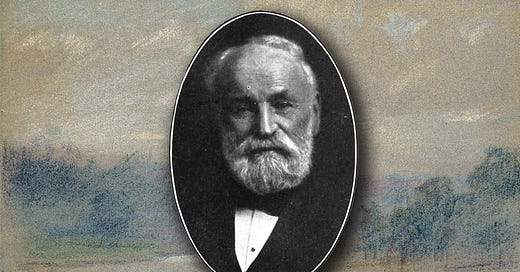




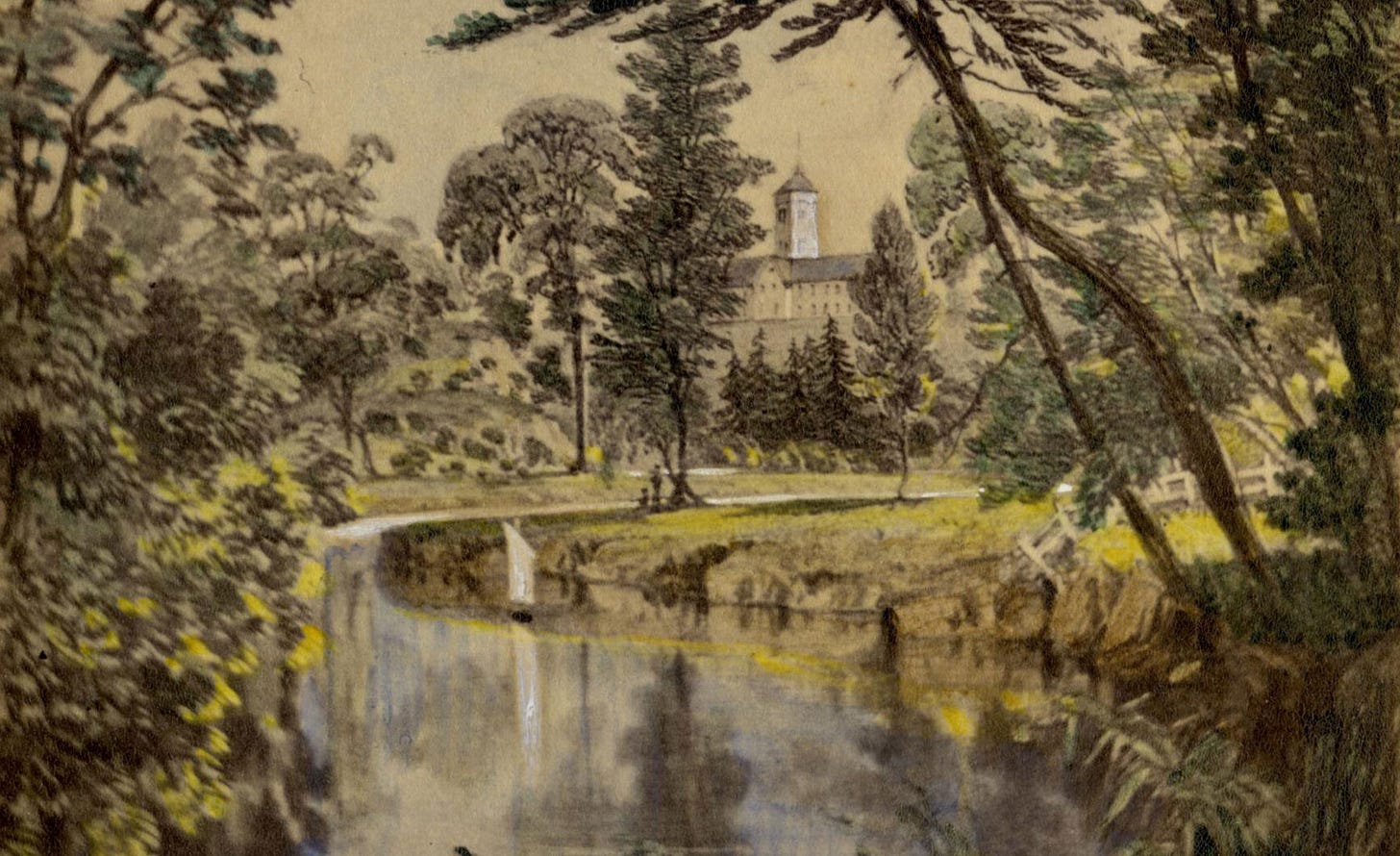
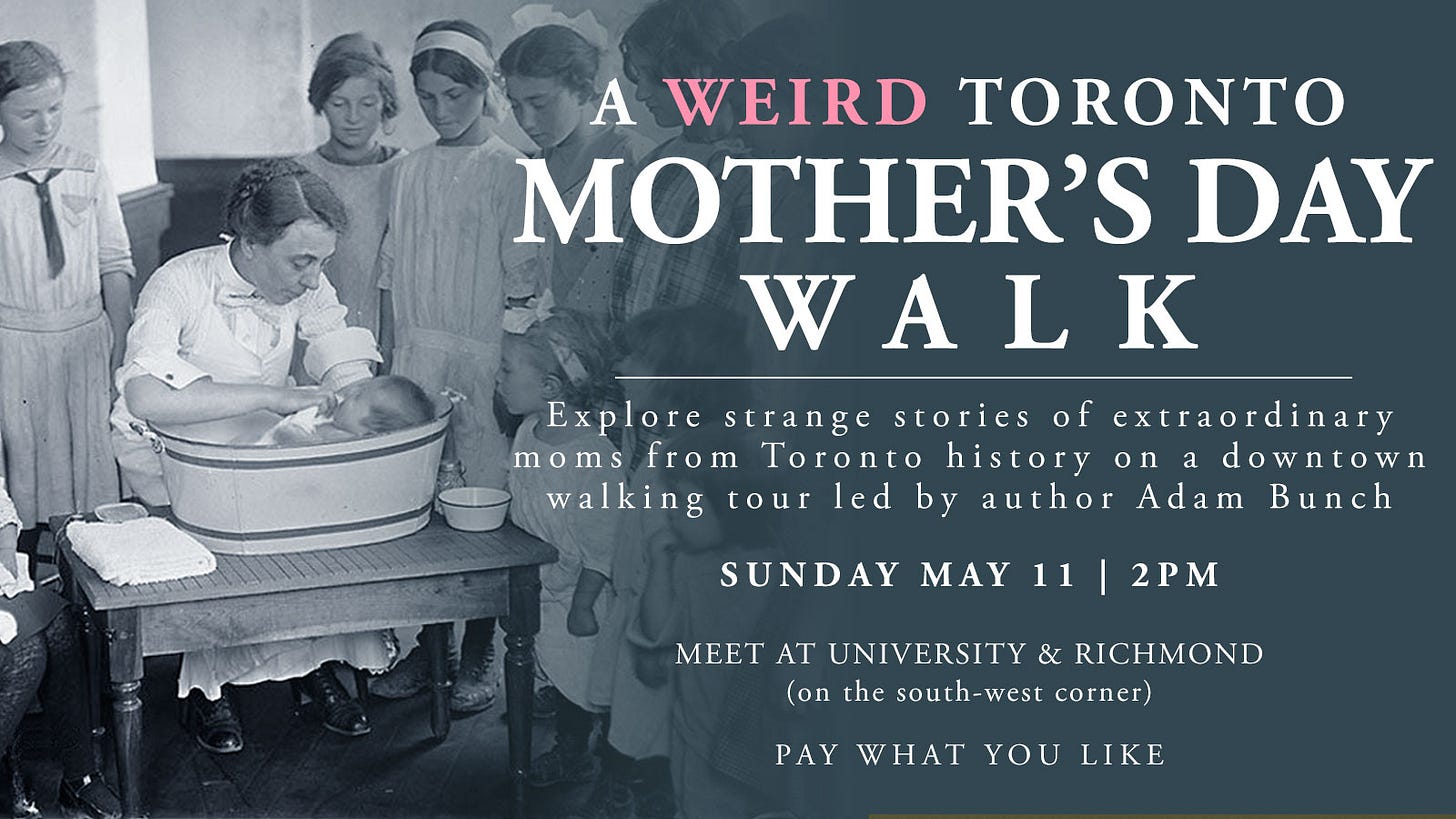
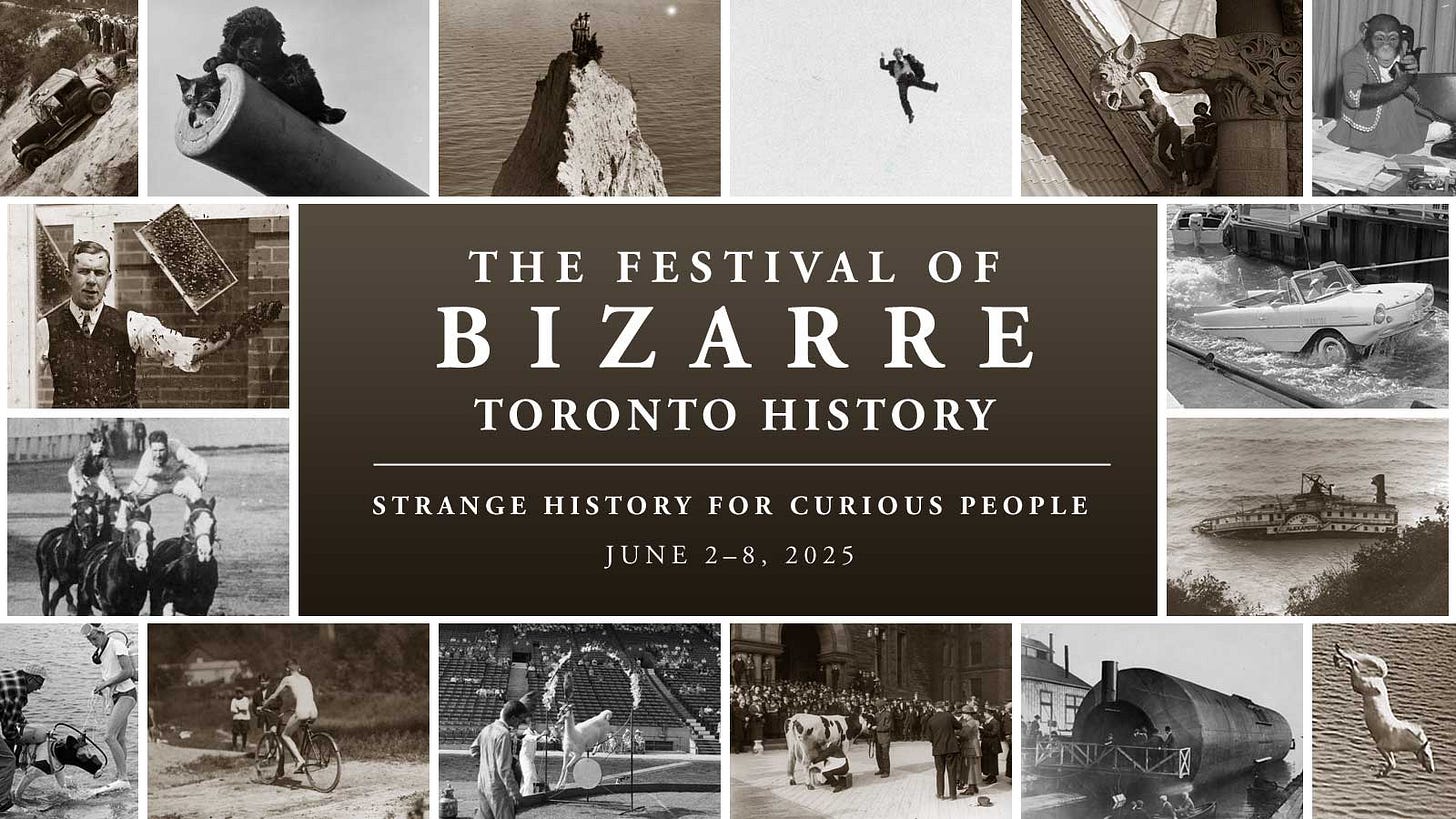
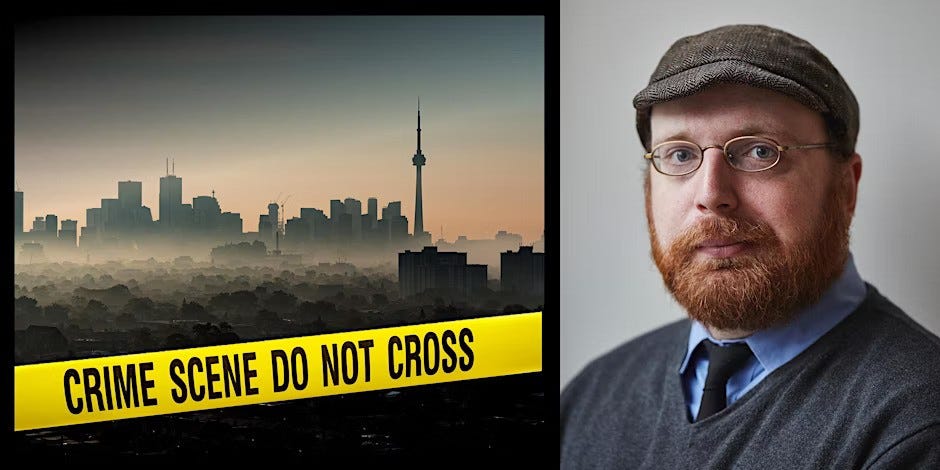
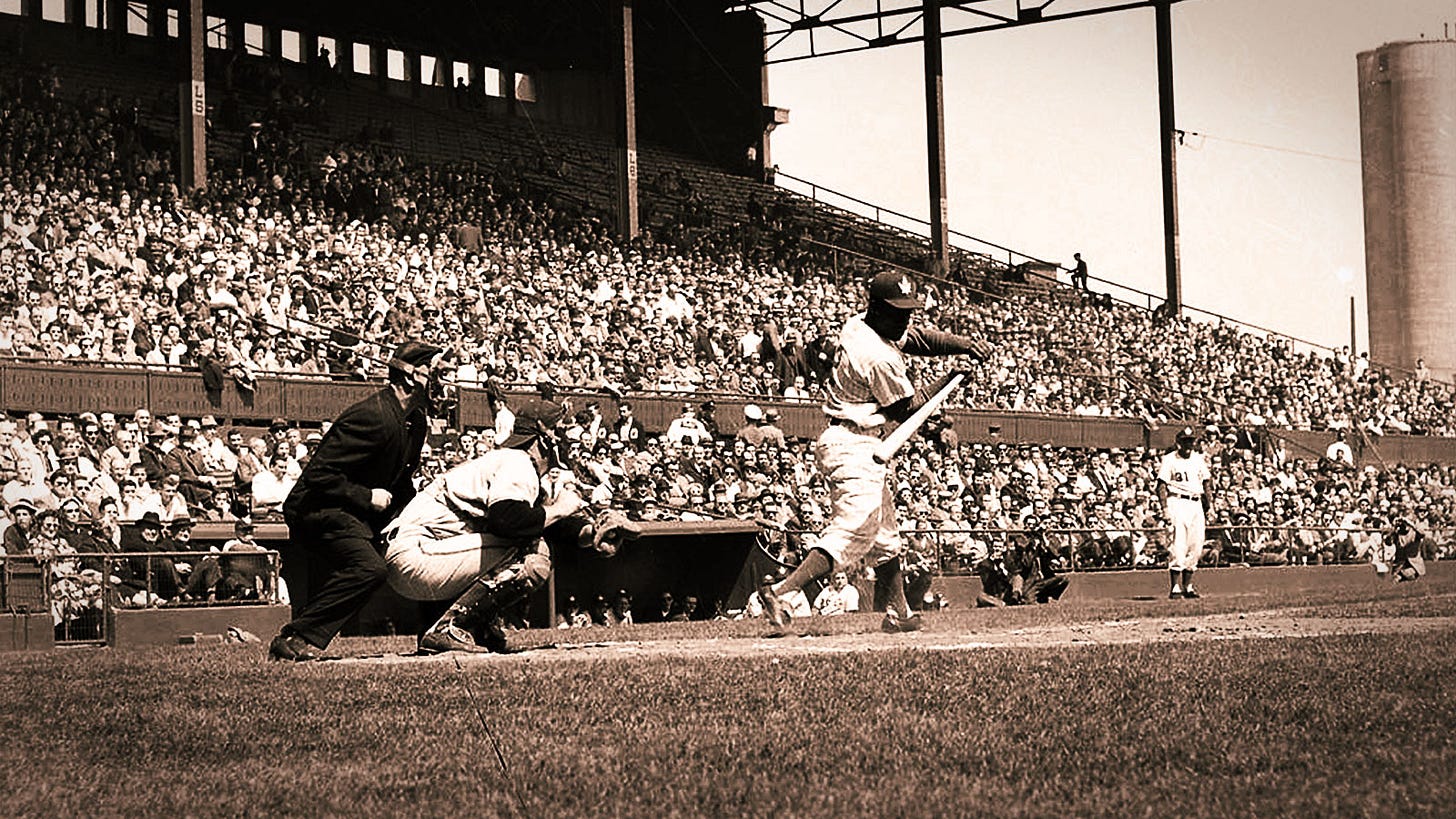
What an exciting story. Over and over again you disprove the myth that Canadian history is boring.
Yes, your enthusiasm is your secret sauce! Voices like yours are vital with our sovereignty under pressure. More than ever, we need to know where we came from, what we’re made of.
BTW, I stumbled upon your delightful “The Toronto Book of the Dead” when I was researching my novel, A GRAVE MISTAKE (out soon). It helped me with color and context as I conjured a fictional tale about a lost treasure from the War of 1812.
On the subject of our survival here’s something I wrote recently: https://rmblinch.substack.com/p/can-carney-lead-us-beyond-our-yanxit